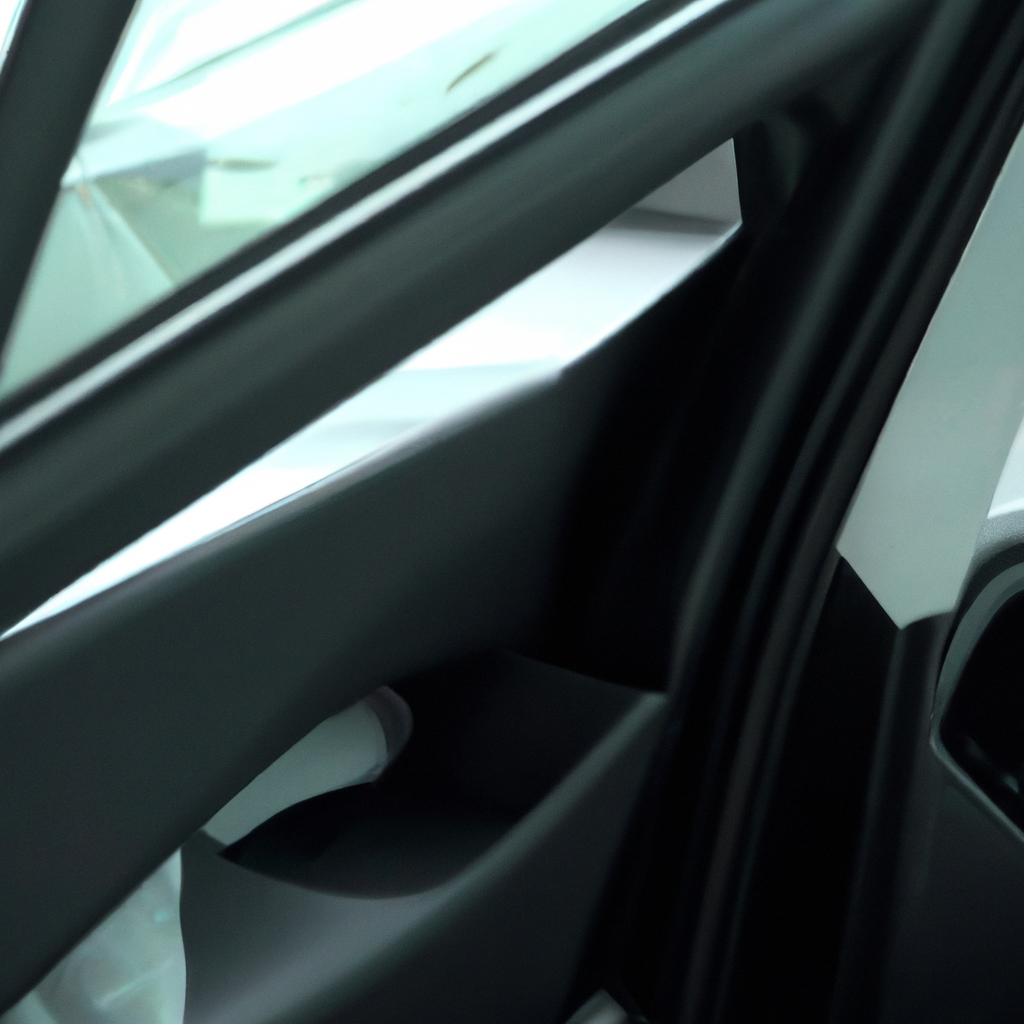Car power window systems have become a standard feature in modern cars, making it easier for drivers and passengers to roll down or up the windows with the push of a button. But how exactly does this mechanism work? In this article, we will explore the intricate workings of a car power window system, including the car window mechanism, car window motor, and car window regulator.
Car Window Mechanism
The car window mechanism is the backbone of the power window system. It comprises several components that work together to ensure the smooth operation of the power windows. These components include the window glass, window regulator, motor, and switch.
The window regulator is perhaps the most important component of the car window mechanism. It is responsible for holding the window glass and moving it up or down. The regulator is usually made of metal and has a series of gears and cables that connect it to the window motor.
Car Window Motor
The car window motor is the force behind the power window system. It is an electric motor that converts electrical energy into mechanical energy, which is used to move the window up or down. The motor is usually located inside the door panel, close to the window regulator.
When the driver or passenger presses the power window switch, an electrical signal is sent to the window motor. The motor then rotates a gear that is connected to the window regulator, causing the window to move up or down.
Car Window Regulator
The car window regulator is a complex mechanism that converts the rotational motion of the window motor into linear motion, which is used to move the window up or down. The regulator is usually made of metal and has a series of gears and cables that connect it to the window motor.
The regulator is responsible for holding the window glass and moving it up or down. When the driver or passenger presses the power window switch, an electrical signal is sent to the window motor. The motor then rotates a gear that is connected to the window regulator, causing the regulator to move the window glass up or down.
Types of Car Window Regulators
There are two types of car window regulators – the cable-style regulator and the scissor-style regulator. Cable-style regulators are more common in older cars, while scissor-style regulators are found in newer cars.
Cable-style regulators use a series of cables and pulleys to move the window glass up or down. The cables are attached to the window glass and run through a series of pulleys and guides before reaching the regulator. The regulator then converts the rotational motion of the window motor into linear motion, which is used to move the window glass up or down.
Scissor-style regulators, on the other hand, use a series of metal arms that are connected to the window motor and the window glass. When the motor rotates, the arms move in a scissor-like motion, causing the window glass to move up or down.
Conclusion
In conclusion, the power window system of a car is a complex mechanism that comprises several components, including the car window mechanism, car window motor, and car window regulator. The window regulator is the most important component of the power window system, as it is responsible for holding the window glass and moving it up or down. The motor is the force behind the power window system and converts electrical energy into mechanical energy, which is used to move the window up or down. There are two types of car window regulators – the cable-style regulator and the scissor-style regulator. Understanding how these components work together can help car owners diagnose and fix power window issues when they arise.







